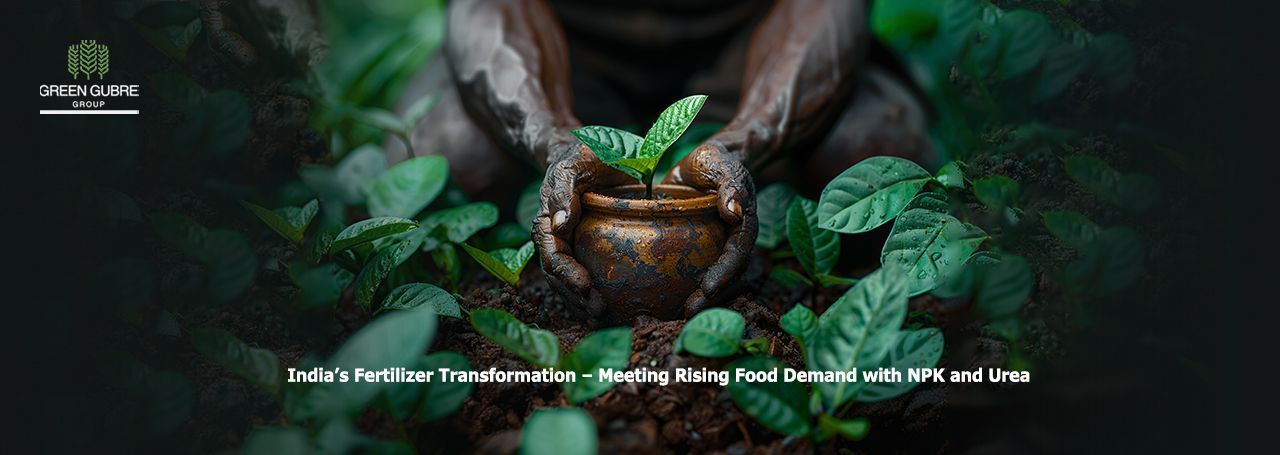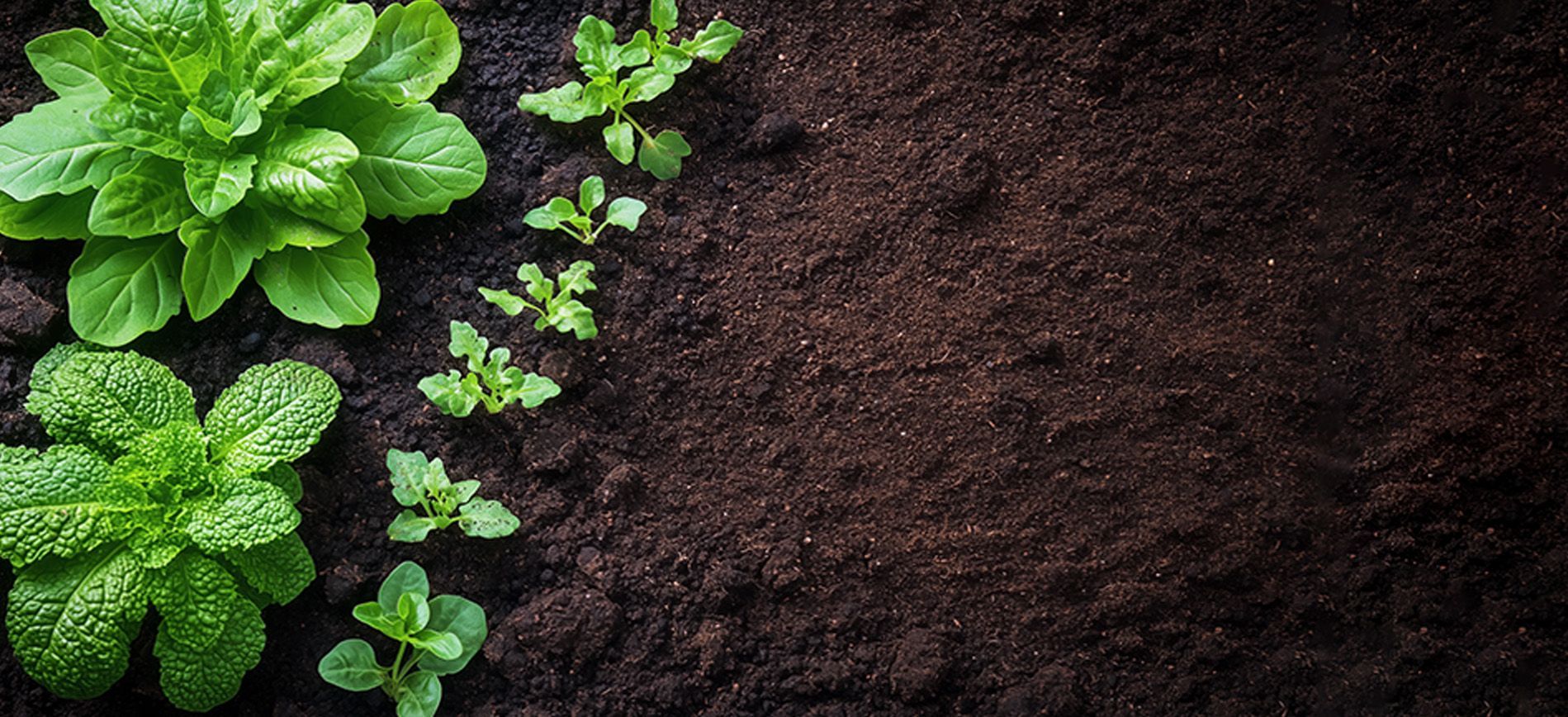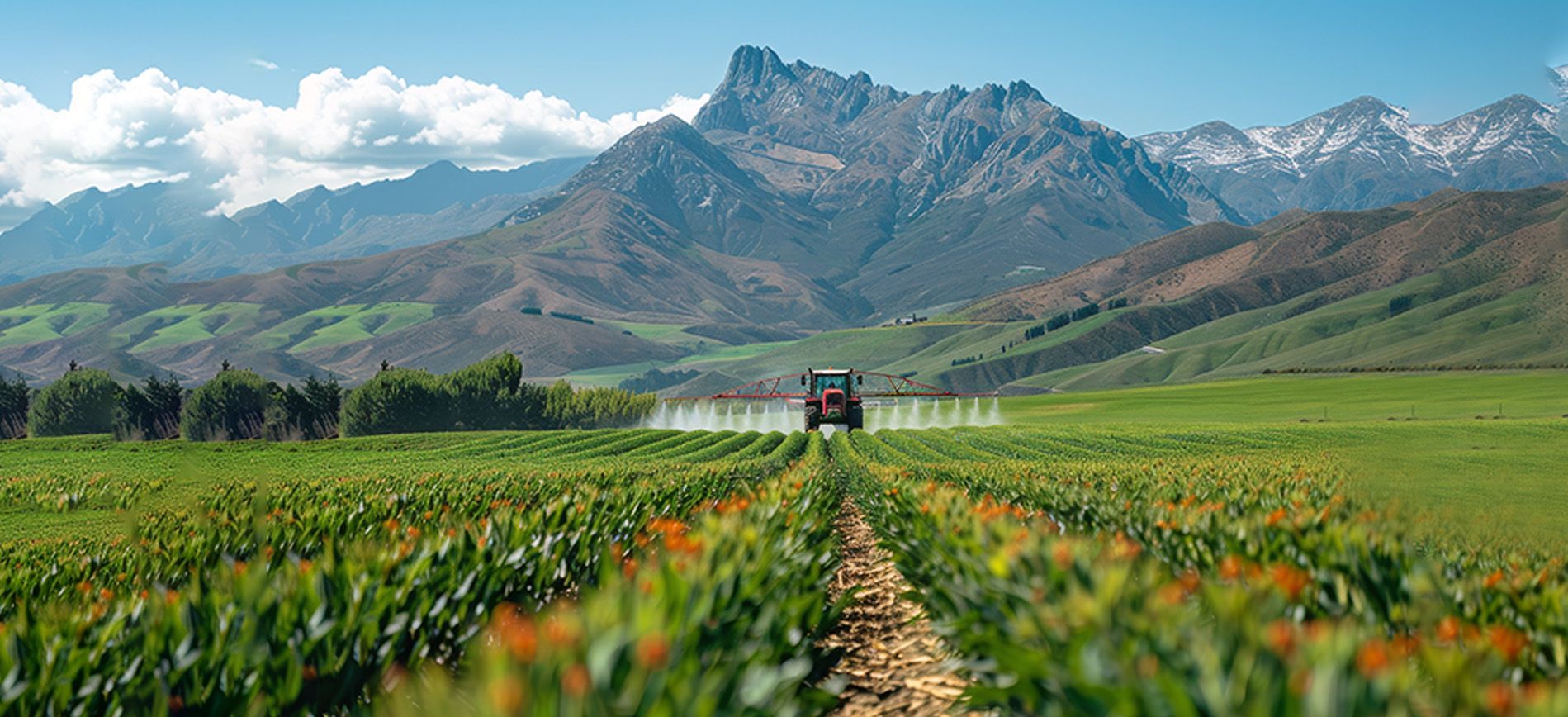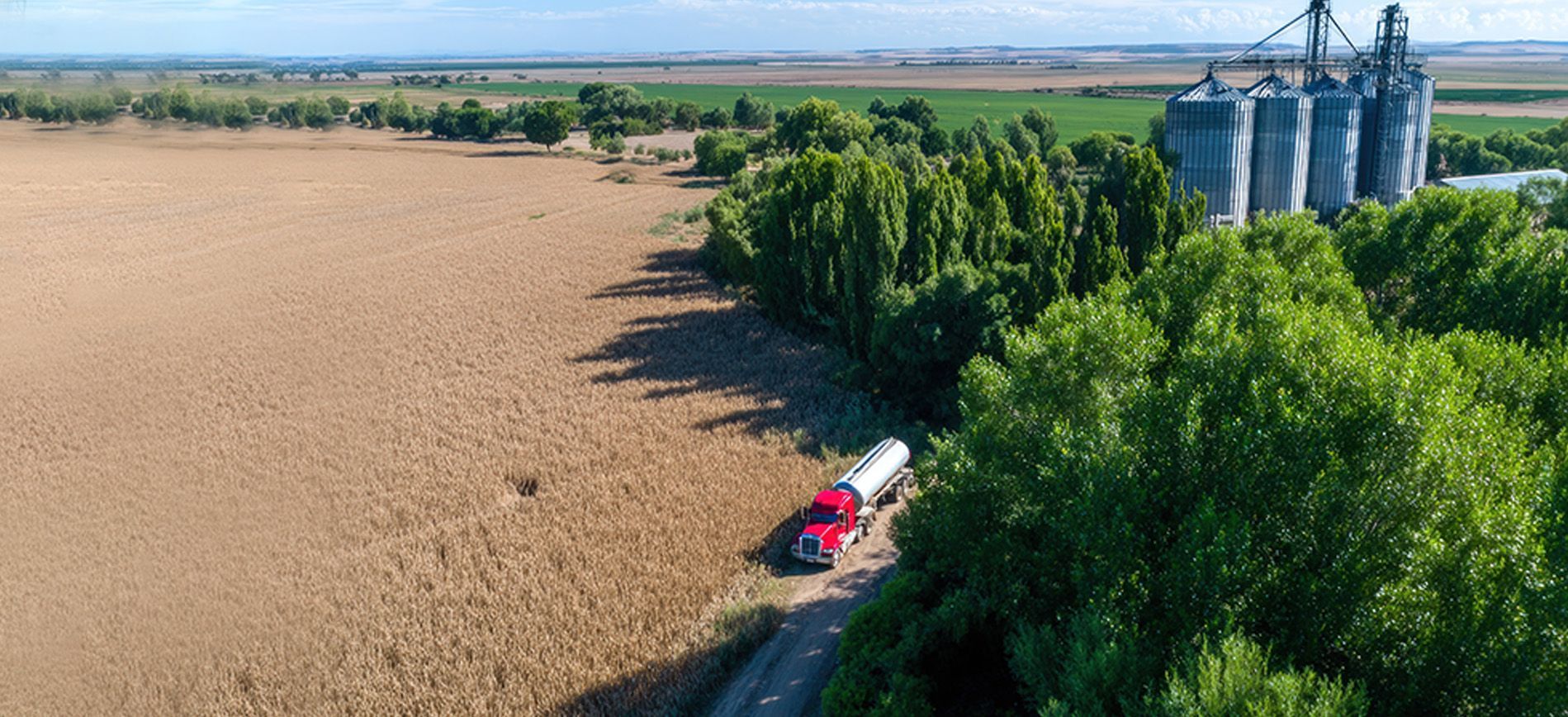India’s Fertilizer Transformation – Meeting Rising Food Demand with NPK and Urea
India’s Fertilizer Transformation – Meeting Rising Food Demand with NPK and Urea

Introduction: Feeding 1.4 Billion – The Challenge and Opportunity
India, home to over 1.4 billion people, faces the immense task of ensuring national food security amid growing land pressures, climate variability, and rising urban consumption. As dietary patterns shift and caloric needs increase, India’s agricultural sector, with the invaluable contribution of our hardworking farmers, is undergoing rapid intensification. Central to this transformation is the strategic use of NPK compound fertilizers and urea (46% nitrogen) to maximize crop productivity while maintaining soil health.
India’s fertilizer policy, supported by substantial government subsidies and increasing collaboration between public and private sectors, is pivotal in making fertilizers accessible and affordable to millions of farmers nationwide.
Agricultural Intensification and the Role of Fertilizers
India’s Green Revolution in the 1960s laid the foundation for high-yield, input-intensive agriculture. Today, that model is evolving. The government promotes sustainable intensification, producing more food from the same land while minimizing environmental impact.
Fertilizers—especially urea and NPK blends—are essential tools in this model. Used in combination with improved seeds, mechanization, and precision farming, they help farmers:
- Meet the growing demand for rice, wheat, pulses, and oilseeds.
- Improve nutrient efficiency in diverse soil conditions.
- Ensure a consistent food supply for both domestic markets and exports.
Urea: Still the Backbone of Indian Agriculture
India is the world’s second-largest consumer of urea, with annual consumption exceeding 35 million metric tons. Due to its affordability and government price controls, urea remains the most widely used nitrogen fertilizer.
Key points:
- Urea is heavily subsidized under India’s Nutrient-Based Subsidy (NBS) scheme.
- Several public-sector plants support domestic production, while imports cover any shortfalls.
- The Indian government is promoting
Neem-coated urea to reduce misuse and environmental losses.
Urea helps farmers boost yields of nitrogen-hungry crops like wheat, sugarcane, and maize. However, overuse has also led to nutrient imbalances and soil acidification in some regions, prompting a shift toward balanced fertilization.
NPK Fertilizers: Driving Balanced Nutrition
Unlike urea, NPK compound fertilizers offer balanced doses of nitrogen (N), phosphorus (P), and potassium (K) tailored to crop and soil needs. India’s consumption of NPKs is rising due to:
- Declining soil fertility and micronutrient deficiencies in several agro-climatic zones.
- Government initiatives like the Soil Health Card Scheme promote site-specific nutrient management.
- Rising demand from
horticulture and high-value crops.
Popular blends in the Indian market include:
- NPK 20-20-0 (for cereals)
- NPK 10-26-26 (for pulses and legumes)
- NPK 12-32-16 (for oilseeds and vegetables)
These combinations improve nutrient use efficiency and help correct imbalances caused by urea overuse.
Government Support and Public-Private Collaboration
The Indian government spends over $15 billion annually on fertilizer subsidies, ensuring affordability for small and marginal farmers. Key policies shaping the sector include:
- Direct Benefit Transfer (DBT) System for tracking and digitizing fertilizer sales.
- Make in India campaigns promote domestic fertilizer production.
- New investment in
urea plants in Gorakhpur, Sindri, and Barauni.
Private companies are also stepping in:
- Investing in blending facilities and customized NPK formulations.
- Collaborating on fertilizer retail digitization and farmer training.
- Partnering with international suppliers to ensure product availability during seasonal peaks.
Meeting Future Needs Sustainably
India’s fertilizer transformation is not just about increasing quantity, but also about improving quality and sustainability. The government's strong commitment to sustainable practices is evident in its support for initiatives such as the Soil Health Card Scheme. Going forward:
- Nano-urea and bio-stimulants are expected to complement conventional fertilizers.
- Greater use of soil testing, remote sensing, and AI-driven agritech is set to revolutionize fertilizer application, offering exciting possibilities for agricultural professionals to optimize their practices.
- Balanced fertilization strategies, including micronutrients and organics, will gain ground. These strategies improve crop yields and contribute to soil health and environmental sustainability. They are a key part of India's future agricultural practices, ensuring a sustainable and secure food supply for the nation.
Green Gubre Group: Supporting India’s Fertilizer Evolution
At Green Gubre Group, we are committed to India’s agricultural future by providing:
- High-quality granular and prilled urea (46% N).
- Customized NPK blends tailored to India’s diverse agro-climatic regions.
- Logistics and supply chain support to ensure timely delivery during peak seasons.
We proudly collaborate with Indian distributors, cooperatives, and institutional buyers to strengthen food production systems nationwide.




